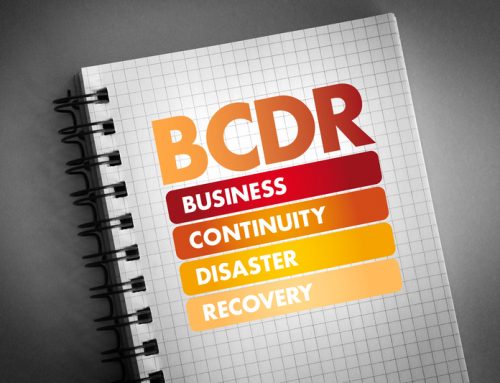Creating a robust business continuity plan is essential for ensuring your organization can withstand and quickly recover from disruptions, be they natural disasters, cyber-attacks, or any unforeseen events. A resilient business continuity plan not only safeguards your operations and critical data but also instills confidence among your stakeholders. Here’s how you can develop a comprehensive and effective strategy to keep your business running, no matter the challenge.
Understand Your Business Inside Out
The first step in crafting a business continuity plan is to gain a deep understanding of your business processes. Identify which operations are critical to your company’s survival and which systems and processes are essential to keep those operations running. This requires a thorough analysis of your business model, identifying dependencies, and understanding the impact of potential disruptions on your operations.
Conduct a Risk Assessment
Once you have a clear picture of your critical business functions, the next step is to evaluate the risks that could impact those operations. A comprehensive risk assessment will help you identify potential threats to your business, from natural disasters and power outages to cybersecurity breaches and supply chain disruptions. Understanding these risks is crucial for preparing effective countermeasures.
Develop Your Strategy
With a solid understanding of your critical operations and potential risks, you can now develop a strategy to maintain or quickly resume essential functions in the event of a disruption. This strategy should outline specific steps to manage and recover from different types of incidents. Consider various recovery scenarios and establish clear priorities for restoring business operations.
Implement Preventive Measures
Prevention is better than cure. Where possible, implement measures to prevent disruptions. This could include regular data backups, investing in cybersecurity defenses, diversifying suppliers, or implementing power backup solutions. Preventive measures can significantly reduce the impact of disruptions and in some cases, avoid them altogether.
Create Response and Recovery Plans
Detailed response and recovery plans are the heart of your business continuity strategy. These plans should provide clear instructions on what to do, who to contact, and how to proceed during and after a disruption. Ensure that these plans are accessible to all relevant stakeholders and that they outline roles and responsibilities clearly. Regularly updating contact information and recovery procedures is also crucial.
Train Your Team
A plan is only as good as the people executing it. Training your team on the business continuity plan ensures everyone knows their role during a disruption. Conduct regular training sessions and drills to keep the team prepared and to identify any gaps or improvements needed in your plan.
Test and Update Regularly
The business environment and potential risks are constantly evolving, so your business continuity plan should be dynamic. Regular testing of your plan through drills and simulations will help identify weaknesses and areas for improvement. Updating your plan regularly to reflect changes in your business operations, technology, or potential risks ensures its effectiveness over time.
Leverage Technology and Partnerships
Modern technology and strategic partnerships can significantly enhance the resilience of your business continuity plan. Cloud computing, for example, offers flexible and scalable solutions for data backup and recovery. Collaborating with managed services IT companies can provide access to expertise and resources that strengthen your plan’s effectiveness.
Building a resilient business continuity plan is not a one-time effort but an ongoing process that keeps your business prepared for the unexpected. By understanding your business, assessing risks, developing a comprehensive strategy, and regularly updating your plan, you can ensure that your business remains resilient in the face of disruptions. Remember, the goal is not just to survive but to thrive, no matter what challenges come your way.







